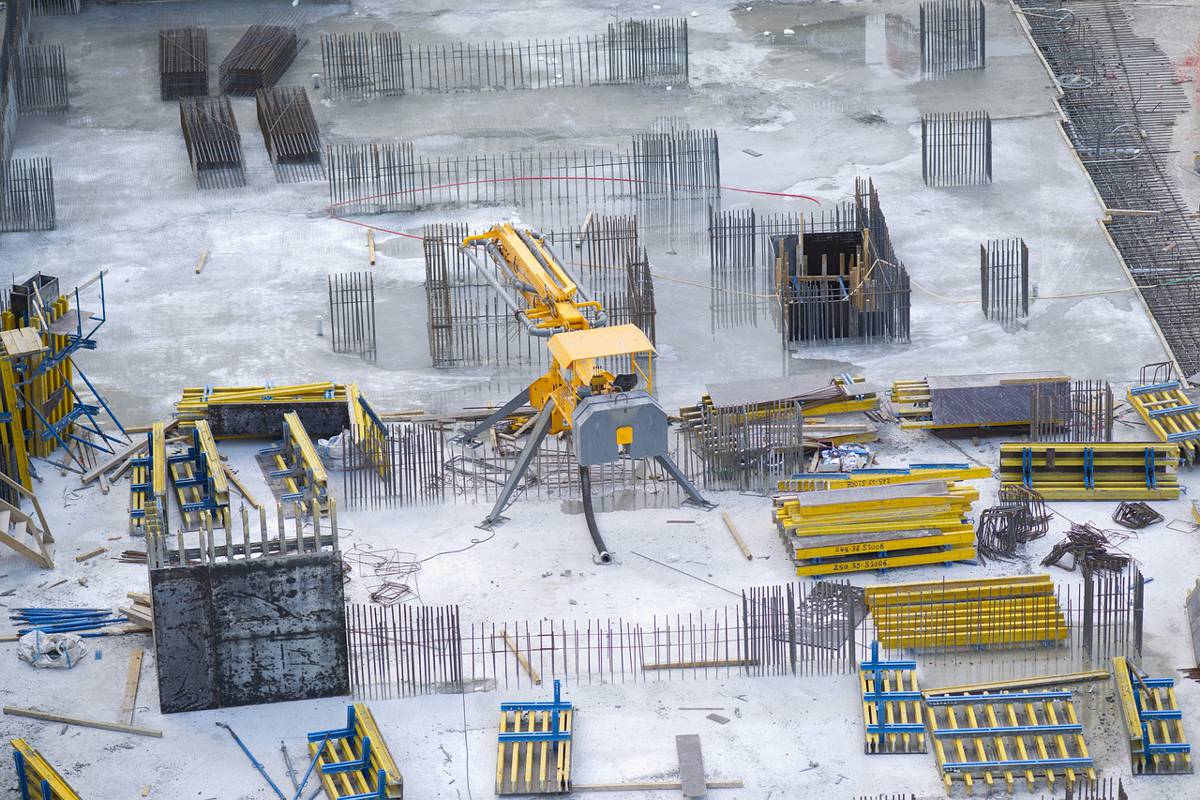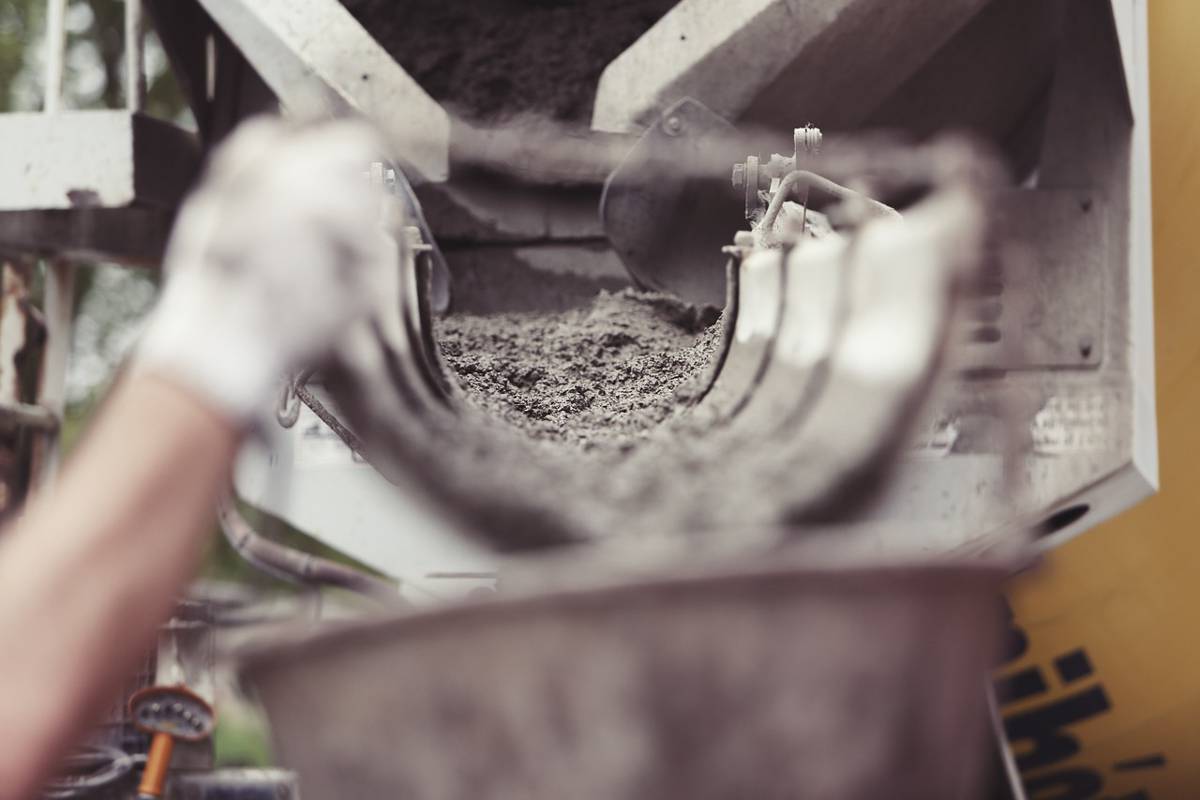The Environmental Benefits of ICF Commercial Construction
Insulating concrete forms, also known as ICFs, are a unique new technology that’s beginning to emerge as an alternative to traditional concrete construction.
Plastic panels form the skeleton of the structure, and then these forms get filled with concrete to create the finalized structure. The walls are anywhere from six to 12 inches thick, and utilize concrete pumps that fill each framed structure from the top down.
The technology isn’t new, with the original patent dating back to 1966, but it is beginning to make a comeback. In addition to reducing costs for both consumers and contractors, ICF commercial construction presents several environmental benefits. Why are ICFs so good for the environment, and why should contractors consider adopting this new technology?
Sustainable Architecture
One of the biggest challenges to sustainable construction is our reliance on timber for framework. Wood-frame construction has been the industry standard for more than a century, but the push toward sustainable construction has led us to take a closer look at the materials we use in construction.
While it is possible to utilize sustainable timber or timber-like materials, it’s often easier to source less-sustainable options. ICF construction eliminates the need for timber framework entirely, instead using the plastic panels to create the skeleton of what will eventually be the finished structure of the house.
For building owners who are looking for a more sustainable alternative for their next building or storefront, ICF commercial construction is quickly becoming a more viable option.

Concrete From Natural Resources
Concrete is one of the most integral components of modern construction, but the makeup of this material hasn’t changed much in the last few centuries. In recent years, the inclusion of fly ash in concrete mix has proved to be both beneficial and good for the environment.
Fly ash is a by-product of the coal industry that would normally end up in landfills. When introduced to concrete, the finished product becomes more workable during the pouring process, and results in greater strength and durability once the finished product cures.
Fly ash also reduces the amount of cement needed for a finished project and reduces the amount of water necessary to achieve optimum paste flow behaviour.
When using a concrete pump to fill IFC panels, lower water demands in turn reduce fuel and energy usage, helping to make the project greener. It also helps to lessen the wear and tear on equipment. Since the walls and frames get filled from the top down, it’s easier to pump the concrete multiple feet into the air without the risk of burning out the pumps themselves. This allows construction companies to utilize line pumps, which work from the ground up, rather than investing in a boom pump that might be better suited for high-rise construction.
High Energy Efficiency
Once the structure is complete, there are still environmental benefits to take advantage of.
The thick poured concrete walls are designed to be well-insulating. This prevents heat loss in the winter and heat gain in the summer, reducing utility bills and energy usage. This is one of the easiest ways to make a building more environmentally-friendly, so it ends up being a win-win for both the building owner and the construction company.
Research shows that because of its sheer mass, concrete is an inherently better insulator than wood. Additionally, ICF structures don’t have the problem of joints or other connection points that could allow hot or cold air into the building. ICF designs don’t have the kind of potential gaps or empty spaces that would require more insulation to optimize energy efficiency.
On-Site Waste Reduction
Construction waste is one of the biggest challenges facing the industry today. By 2025, the amount of construction waste is expected to double, totalling nearly 2.2 billion tons. Much of this waste can be reclaimed or recycled, but right now, a large majority ends up in landfills instead of getting reused.
With ICF, there’s little to no waste because only one row of the walls is constructed at a time. It’s assembled and filled, and end blocks get cut to fit. Then the project moves on to the next set of walls. This meticulous construction method all but eliminates on-site construction waste and reduces the amount of leftover materials that end up in landfills at the end of a project.
Improved Durability and Lifespan
Remodelling projects and demolition also contribute to the growing amount of construction waste ending up in landfills every year. Some of this is due to building owners just wanting a facelift, but in many cases, remodelling projects become a necessity when pests, poor construction, or other problems manifest, damaging the wood frame and drywall of the original construction.
ICF structures have no such problem. The combination of plastic frames and concrete provides improved durability and longer lifespans, and isn’t as vulnerable to pests, mold, or water damage. Barring a massive disaster, such as an earthquake, these structures can withstand nearly anything and will serve the building owner well for many years to come.
Design Versatility
One of the most commonly cited negatives of ICF design is that many people believe you’re limited to square or rectangular designs because of the nature of the framework. This couldn’t be further from the truth. The build-on-demand nature of ICF construction means it can be altered to accommodate any design or architectural style.
This same build-on-demand style means these projects are also much easier to complete on a shorter deadline, so there’s less time wasted waiting for various components to be completed. Time is just as valuable a resource as the supplies and materials used in construction, and it’s one that’s sometimes overlooked.

Fewer Emissions
The construction industry isn’t known for being the cleanest in the world. In fact, this sector produces nearly a quarter of the global CO2 emissions, as well as other forms of pollution. Much of this comes from the production of construction materials and the vehicles used to transport said materials from factory to construction site.
ICF projects generate fewer emissions and other types of pollution because of their modular design and the fact that many components can be created at a factory, and then assembled with little to no need for heavy equipment or emissions once it reaches the job site.
While switching to ICF construction methods won’t make a site zero-emission on it’s own, it is a step in the right direction and can help make the construction industry as a whole more environmentally-friendly.
The Future of ICF Commercial Construction
ICF commercial construction is still fairly new, but it’s proving to be one of the best options for companies concerned about their impact on the environment moving forward. It provides better insulation, reduces waste and emissions on-site, and shortens work timelines, just to name a few of the environmental benefits.
Companies that are looking for a way to make their projects more environmentally-friendly should consider ICF construction. It will take some tweaking to adopt this technology for existing companies, but it’s worth the transition if you’re concerned about the carbon footprint of your portfolio.




















